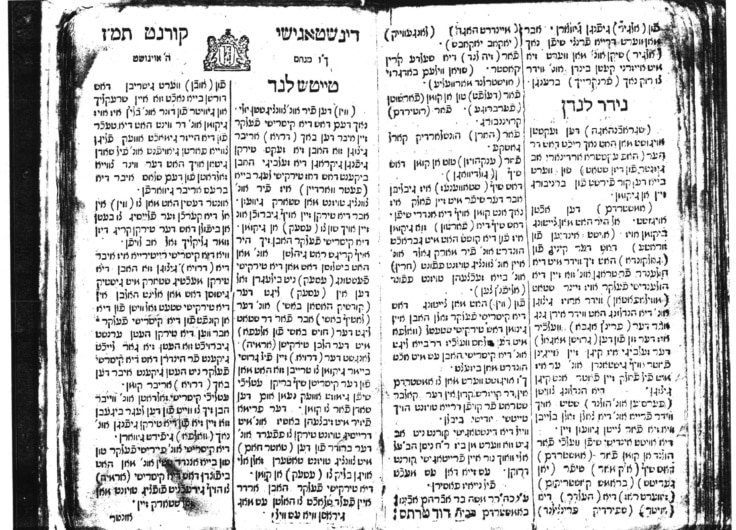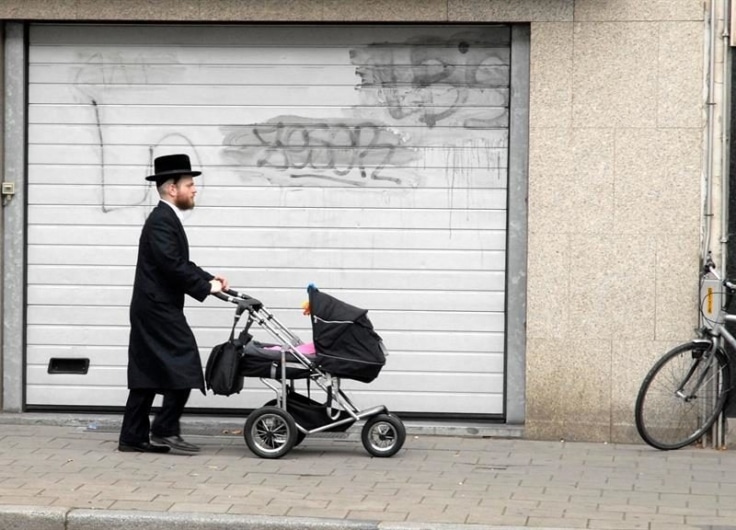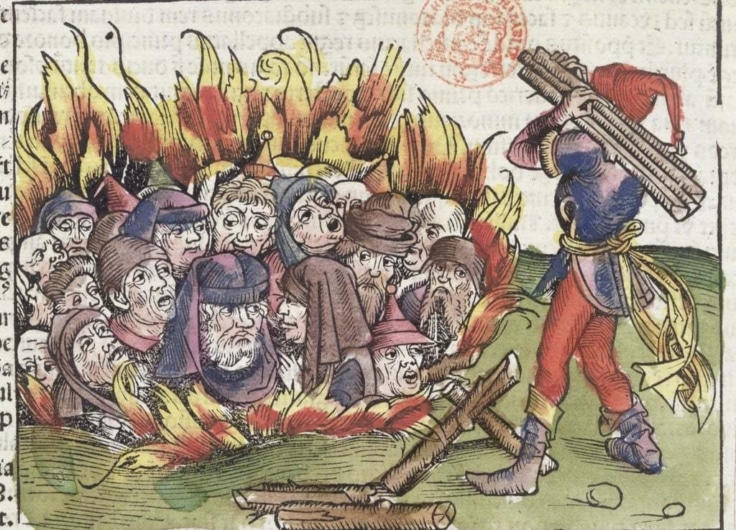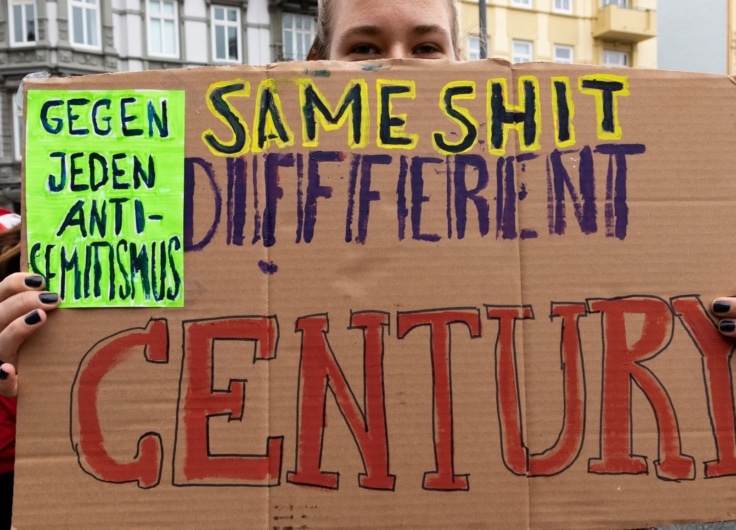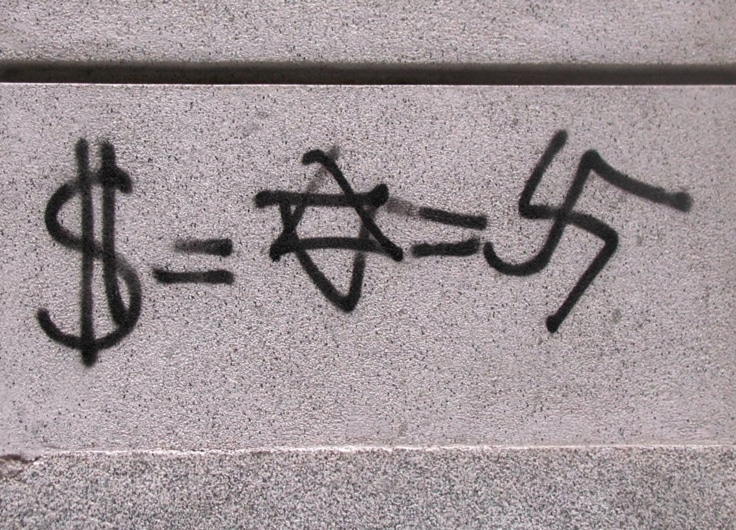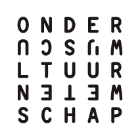Kosher Dutch. The Ups and Downs of Yiddish in the Netherlands
18 March 2019 1 min. reading time
(Hilde Pach) The Low Countries - 2008, № 16, pp. 127-134
This is an article from our print archive.
Download this article
